I see many fly fisherman show up at lakes with floating line on their rods. This is fine if you are dry fly fishing or indicator fishing.
But if you are going to cast and retrieve subsurface flies then you are unlikely to get the right depth for your fly. Which then means fewer fish caught.
Most of the year you are going to be targeting the thermocline. Which is going to mean getting your fly down at least several feet.
The easiest way to get down is to use a form of sinking line. If you know the sink rate then you can cast out and then count down until the fly reaches the desired depth.
For example if your line sinks at 4 inches per second and you want to fish 5 feet down, then doing some simple math will tell you how long to wait. 4 inches per second means 1 foot in 3 seconds. So 5 feet is 15 seconds.
Once it reaches the desired depth you can begin to retrieve. This can be a bit tricky – as your line continues to sink. Too slow a retrieve will cause your fly to sink below your target depth. But too fast will cause it to rise out of the zone.
Unfortunately I don’t any way to figure this out other than experience on the water being guided by the fish.
But it does mean that the sink rate of your line should match the retrieve rate you plan on using. For example if you are fishing a minnow pattern where you would retrieve fast then you would want to match that with faster sinking line. On the other hand a slow retrieve, like for a leach would need a slower sinking line.
The tradeoff, of course, is the time you spend waiting for that fly to sink to the right depth. Which implies some interesting things about what depths you can effectively fly fish with cast and retrieve.


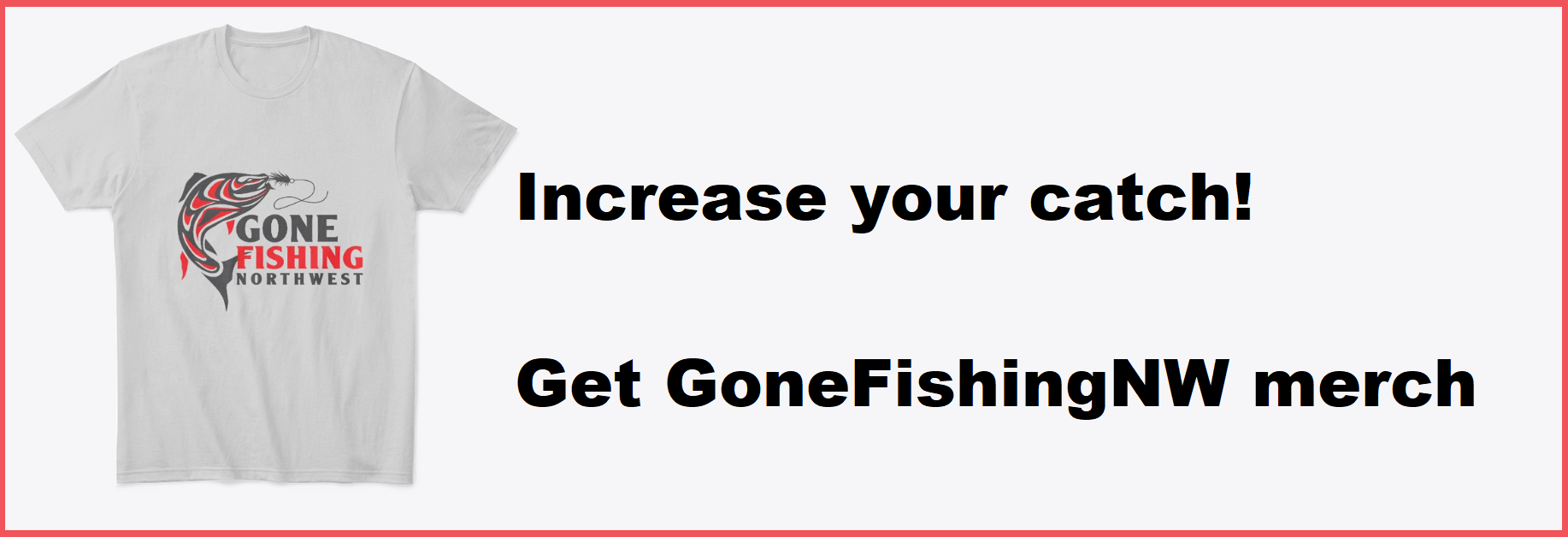

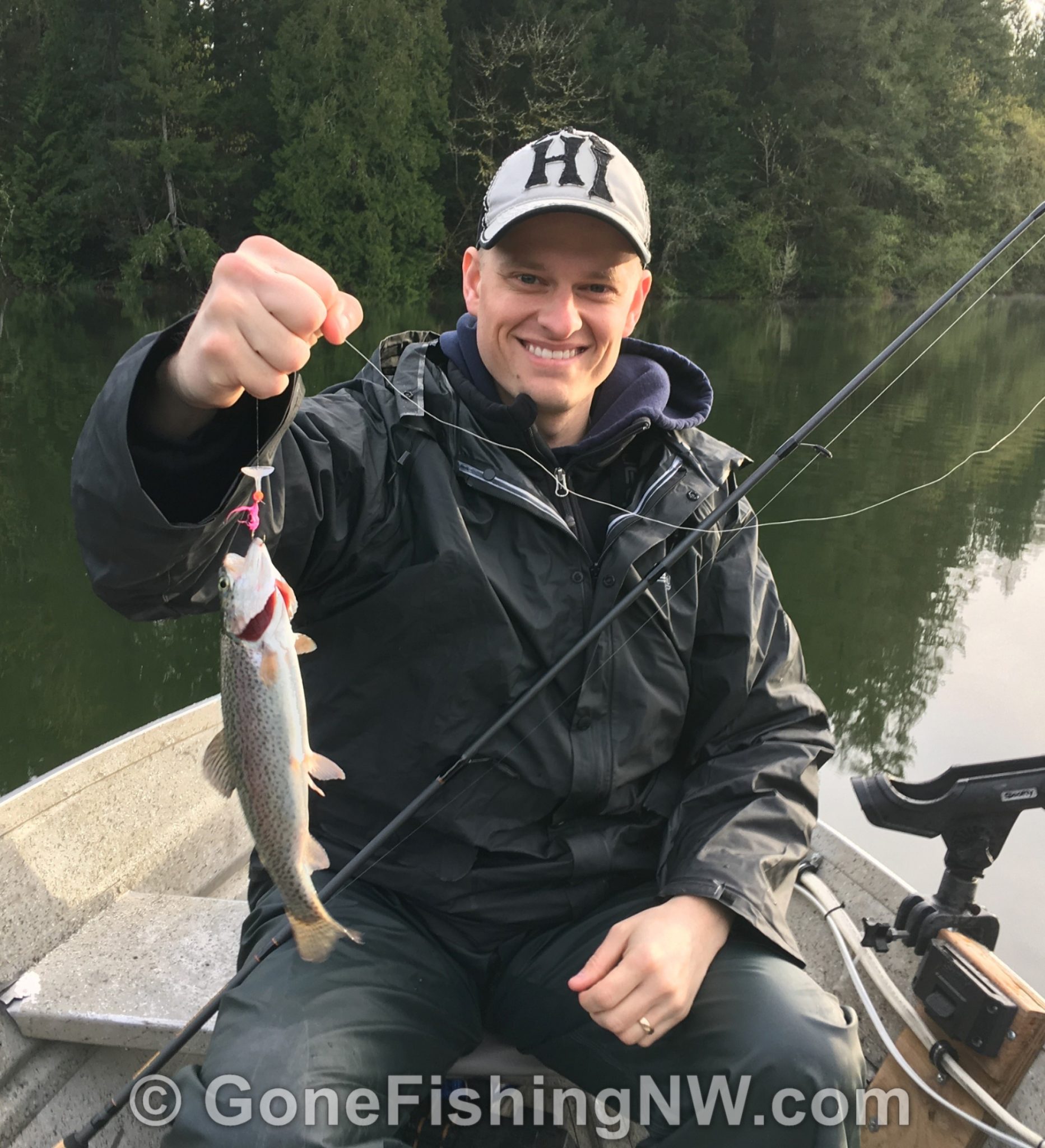
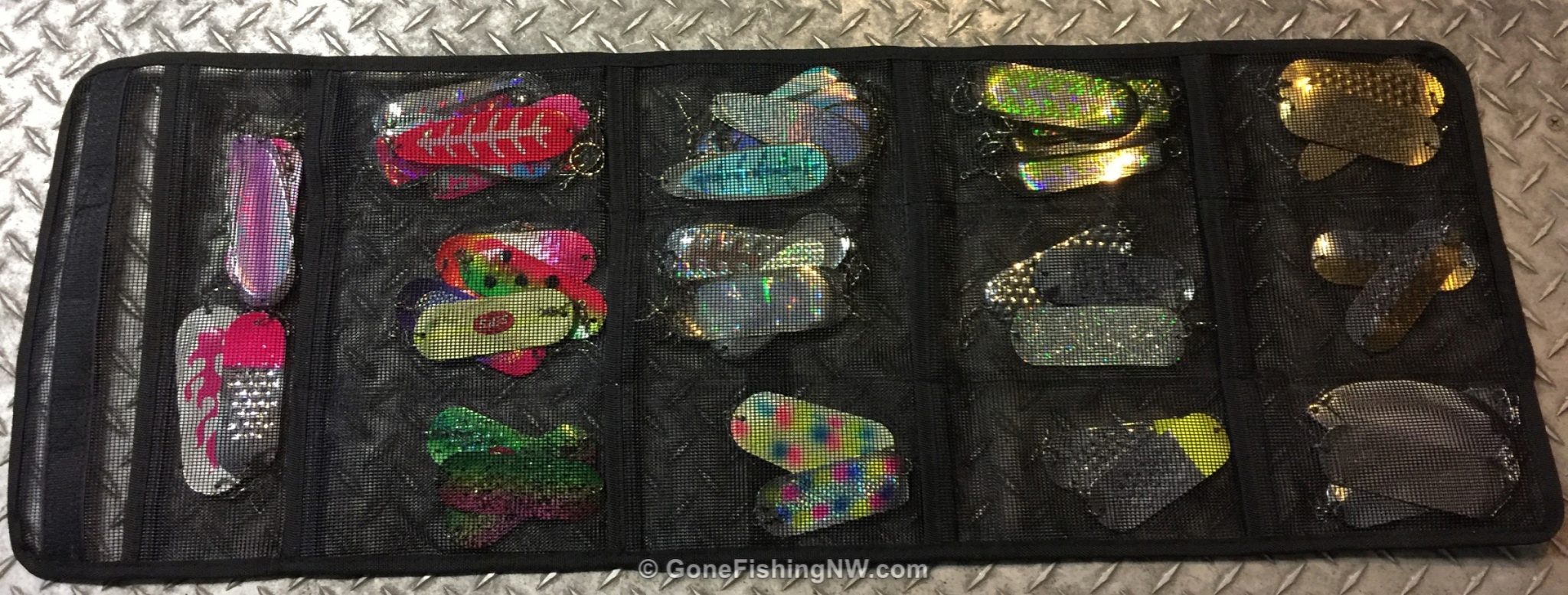
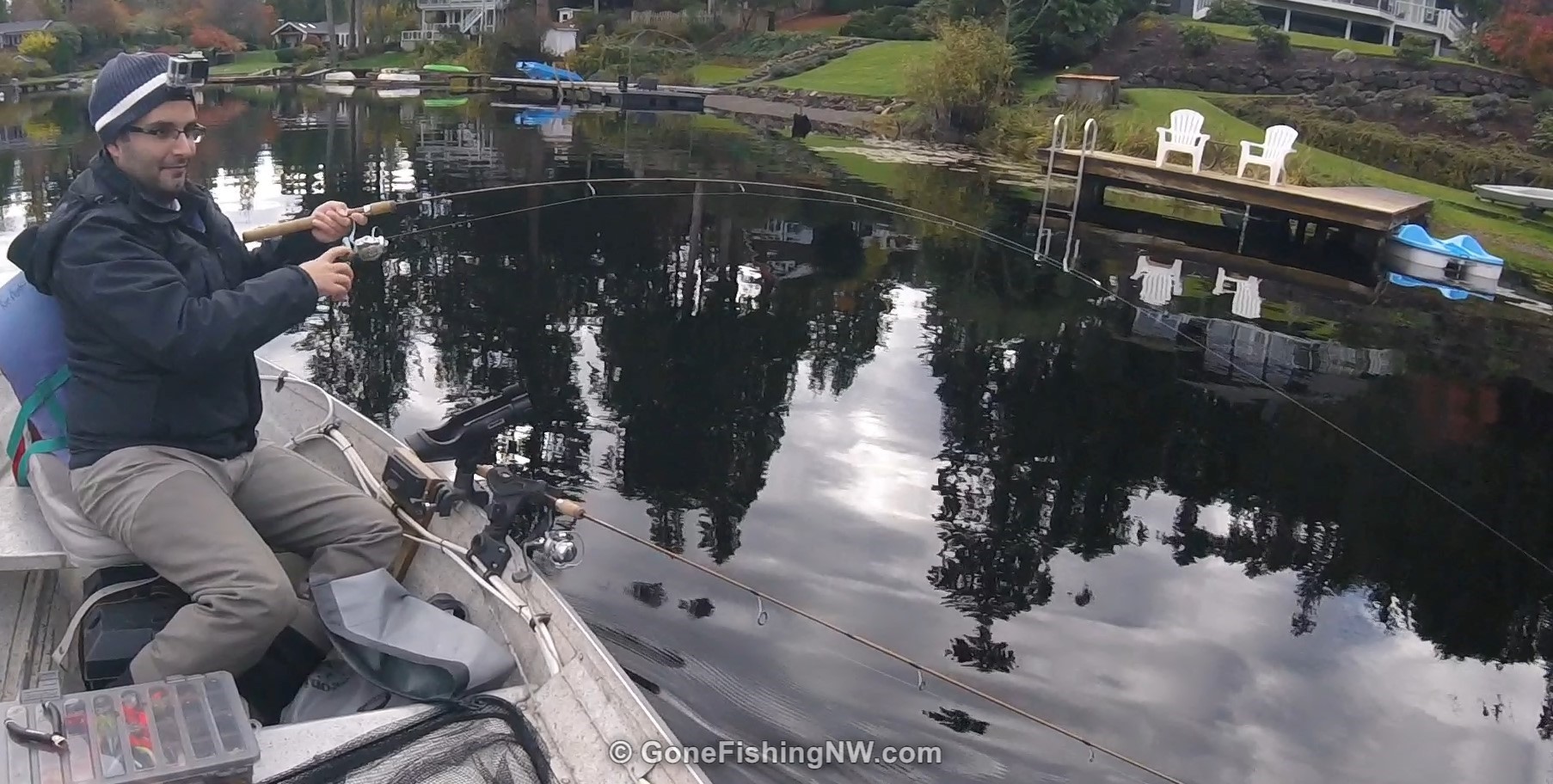
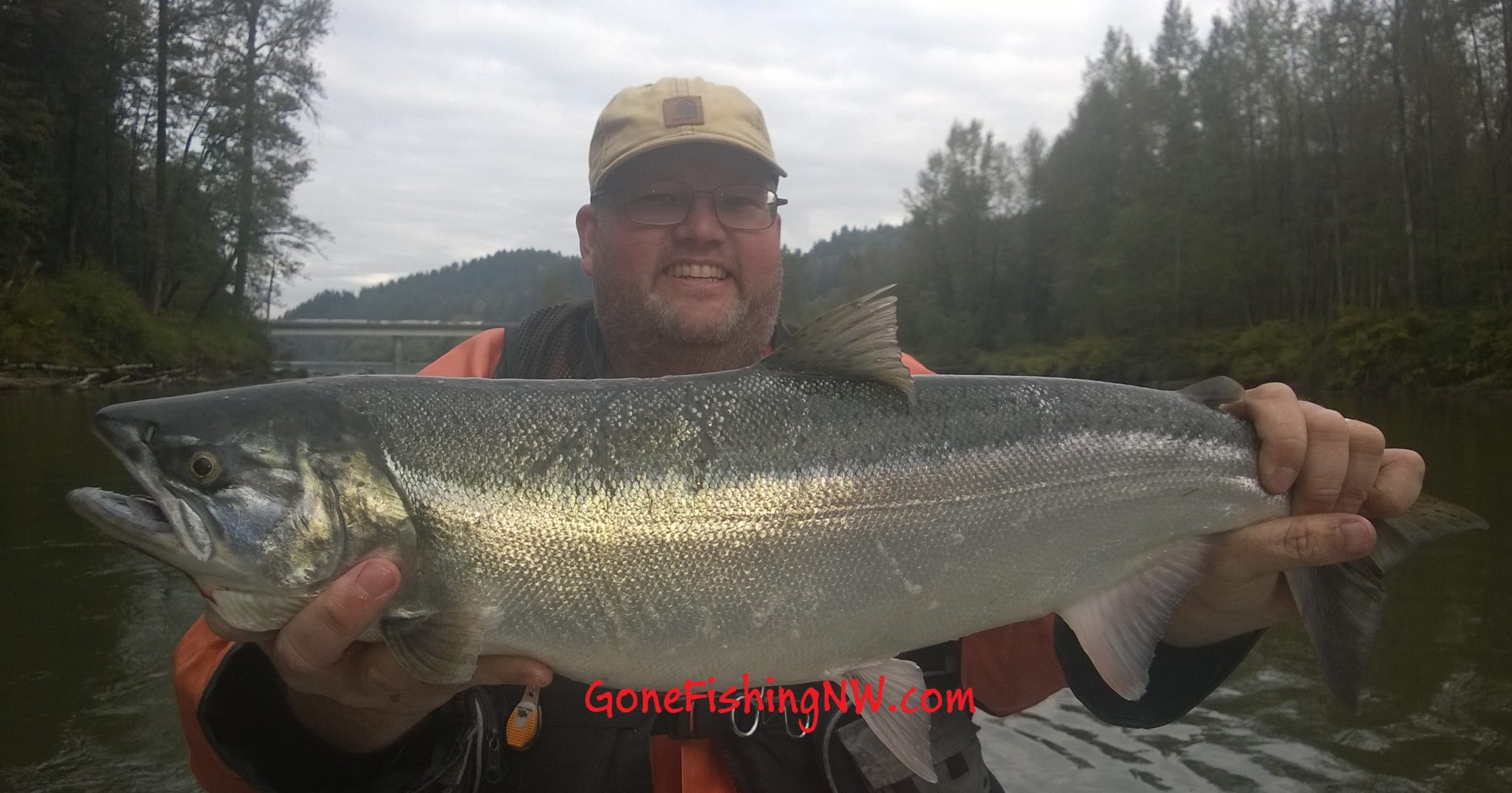
Comments are closed.